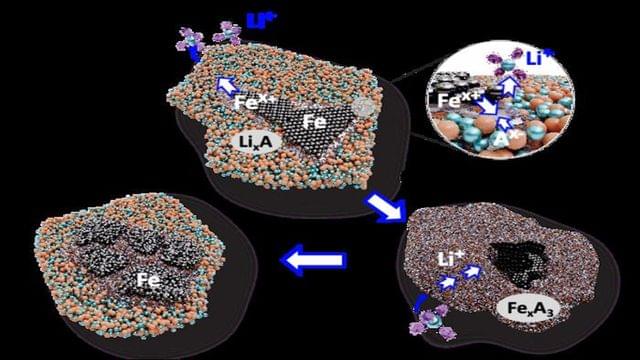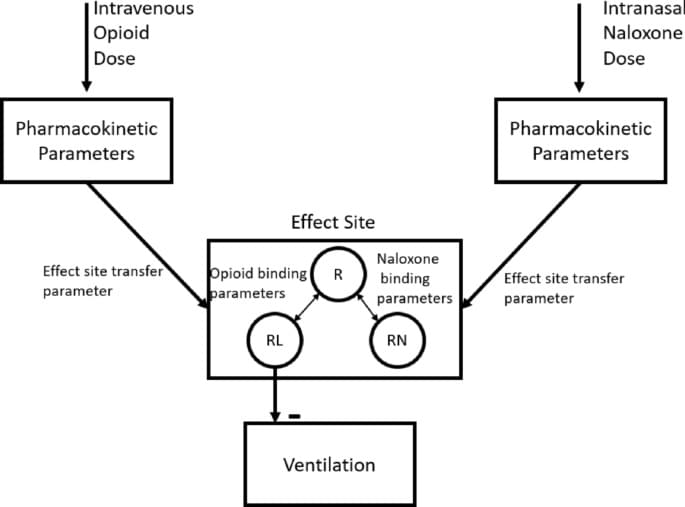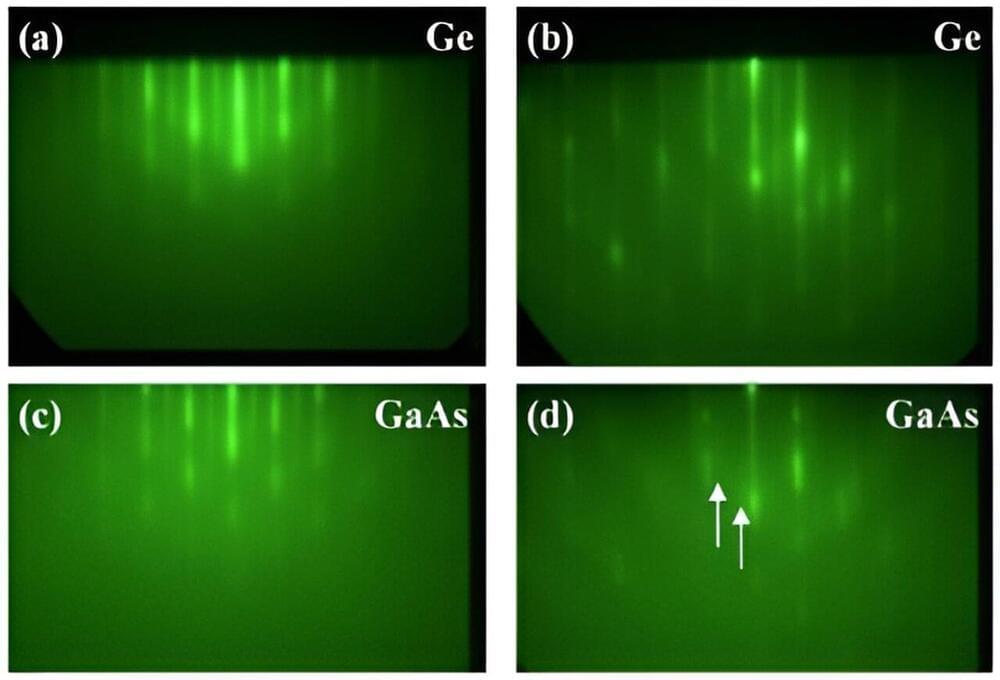An Engineering team at the University of Hong Kong (HKU) has developed a novel microfluidic technique capable of greatly enhancing applications in materials science and biomedical engineering.



For decades, nuclear physicists have been working to uncover the mysterious origins of the proton’s spin. According to a new study, they seem to have finally made some progress.
By combining experimental data with state-of-the-art calculations, researchers have revealed a more detailed picture of the spin contributions from the very glue that holds protons together, paving the way for imaging the proton’s 3D structure.
The mystery of the proton’s spin began in 1987 when measurements revealed that the proton’s building blocks, its quarks, only provide about 30% of the proton’s total measured spin. This unexpected finding left physicists wondering about the sources of the remaining spin.

Tesla appears to be gearing up to launch a new Performance mode for the Model 3 and Model Y, as spotted in code from recent firmware updates.
On Sunday, Tesla code sleuth green the only posted about a “soft performance limit” option for the Model 3 and Y discovered in recent firmware, which the account says are listed as 110kW and 160kW, respectively. The discovery seems to suggest that Tesla is looking to launch a paid upgrade for the software-locked mode, allowing owners to upgrade to access full battery range.
Hm, interesting, recent firmwares bring “soft performance limit” option to Model3 and ModelY, listed as 110kW and 160kW respectively.

What if a common element rather than scarce, expensive ones was a key component in electric car batteries?
A collaboration co-led by an Oregon State University chemistry researcher is hoping to spark a green battery revolution by showing that iron instead of cobalt and nickel can be used as a cathode material in lithium-ion batteries.
The findings, published today in Science Advances, are important for multiple reasons, Oregon State’s Xiulei “David” Ji notes.




Mann, J., Meshkin, H., Zirkle, J. et al. Mechanism-based organization of neural networks to emulate systems biology and pharmacology models. Sci Rep 14, 12,082 (2024). https://doi.org/10.1038/s41598-024-59378-9


The public’s appetite for inexpensive and powerful electronic devices continues to grow. While silicon-based semiconductors have been key to satiating this demand, a superior alternative could be wide-bandgap semiconductors. These materials, which operate at higher temperatures and handle increased power loads, are unfortunately very expensive.